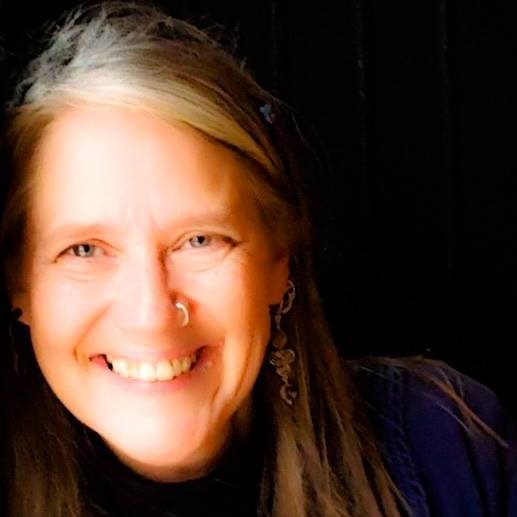Merinda Simmons and Michael J Altman’s discussion of their new Masters programme, Religion in Culture, at The University of Alabama left me feeling as if I had just listened to a 30 minute advert for their university rather than a purposeful discussion about the vital and expansive changes essential to advance higher education in the digital age. I had hoped for the latter, but instead, found the former. Perhaps this only reflects upon another difficulty with higher education in the West—turning departments into profitable business commodities. Nevertheless, Simmons and Altman do raise a vital consideration: that we, as academics and scholars, need to change the narrow and disciplinarian approach of graduate and post-graduate religious studies in our universities, and I couldn’t agree more.
What I may not necessarily agree with Simmons and Altman on, however, is their presentation of an academic challenge that appears to be in a vacuum neither discussing these issues as they relate to higher education in America, nor mentioning any other programmes that do so – implicitly implying that the University of Alabama is attempting a radical programme that no other university in the world is attempting, and that may not, in part, be true.
As I listened to Simmons and Altman discuss the importance of “Dorothea Ortmann and my response to her interview. Ortmann also discusses the important of a multidisciplinary approach combined with the use of the social sciences, including empirical data, to assist in the study of religious phenomena in her native Peru.
In my response to Ortmann, I briefly detail why a multidisciplinary approach and the use of social science data was fundamental to my own doctoral research. While I spoke in my response to Ortmann about the struggle to include such supporting data into my final thesis, I didn’t mention why I chose to pursue my doctoral research in Glasgow versus staying in the US.
The answer to that question is simple: I needed a multidisciplinary department that would support my pursuit of the questions raised in my Master’s thesis—questions that were literary, theological, thealogical, psychological, anthropological, cultural, and sociological. Theology and Religious Studies departments across the US have held close the traditional, monocular lens of disciplinary study, and those who wish to combine disciplines are most often encouraged to study subject matter more reductive and intransigent.
There is a level of multidisciplinary approach to academic enquiry that is far more prevalent in the United Kingdom. I chose the University of Glasgow as the centre for my doctoral research based not only on the great city and friendly people, but also on the University’s Centre for Literature, Theology, and the Arts. The Centre, founded by Professor David Jasper, afforded me the opportunity to pursue my queries where they led—through a range of disciplinary material including psychology, history, anthropology, sociological data, and governmental statistics. This multidisciplinary approach afforded me, as researcher, the opportunity to explore not only the original questions from the source material, but also to truly examine the sociological impact these modern faith traditions are having in the US and UK.
I wasn’t locked in a tower of theology and religious studies, I was let loose on the entire geography of academic and scholarly pursuit to roam the map where my queries took me. In the end, and only through such a wonderfully supportive multidisciplinary research programme, I could see results in three dimensions rather than one—living, breathing models rather than flat photographs. Identifying the thealogical and theological implications of these new faith traditions in the flat first dimension led to answers akin to a 3D model of the cultural and sociological impact they continue to have on modern faith traditions, practitioners, and seekers. In my opinion, multidisciplinary departments are vital to academic research and growth.
The new programme, Religion in Culture, does take a welcome and necessary step in this modern, digital age, by including both public and digital humanities to their foundational training alongside Social Theory. Given that social media is not only taking over our daily lives, but also shaping and altering our lives for good and ill, the inclusion of digital humanities and the prominence of social media is a wonderful approach to address and expand religious studies in the digital age.
A variety of universities both in the US and the UK use social media as a tool for effective outreach. The Religious Studies Project in the UK and State of Formation in the US stand out as two exemplary religious studies projects, often, as with these two, in collaboration with other universities, (as opposed to individual departments or programmes) that utilise social media daily to reach and interact with their intended audience.
Moreover, the internet and social media have changed the way academics interact with each other and the outside world. Indeed, conferences are shared in situ with global audiences as participants and attendees share photos and quotes on Twitter, Instagram, and Facebook. Most conference instructions come with suggested hashtags included, and no doubt both interest and future participation are increased through this social interaction through media. You can find a number of prominent scholars and activists on Twitter from second wave feminists such as Carol P Christ to modern thinkers and activists such as Gina Messina, Eboo Patel and Reza Aslan including Simmons and Altman (linked in the opening of this response). Ideas about religious studies, theologies, and modernity are exchanged, criticised, or retweeted daily. Blogs published and shared. Books reviewed and promoted. Therefore, teaching future academics and scholars how to successfully navigate social media in the digital world can only help to extend the reach and impact of our research, queries, and ideas. If only more universities would follow suit.



